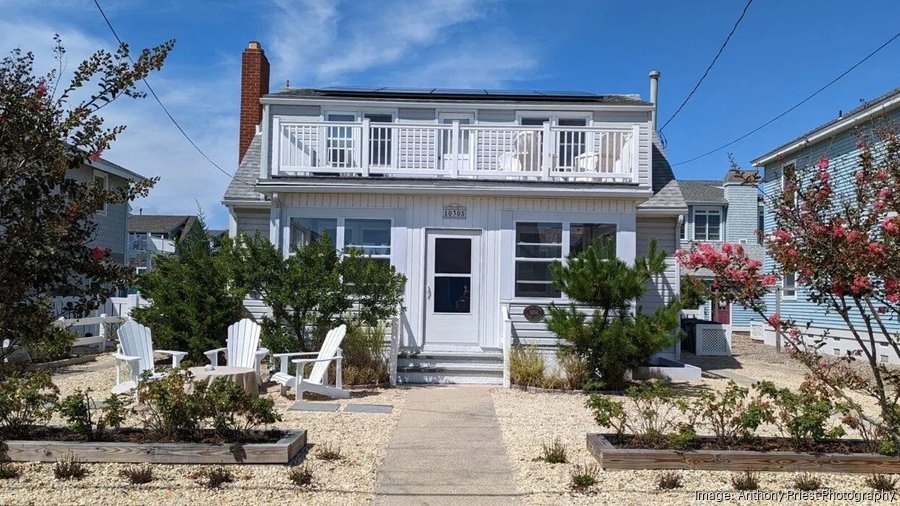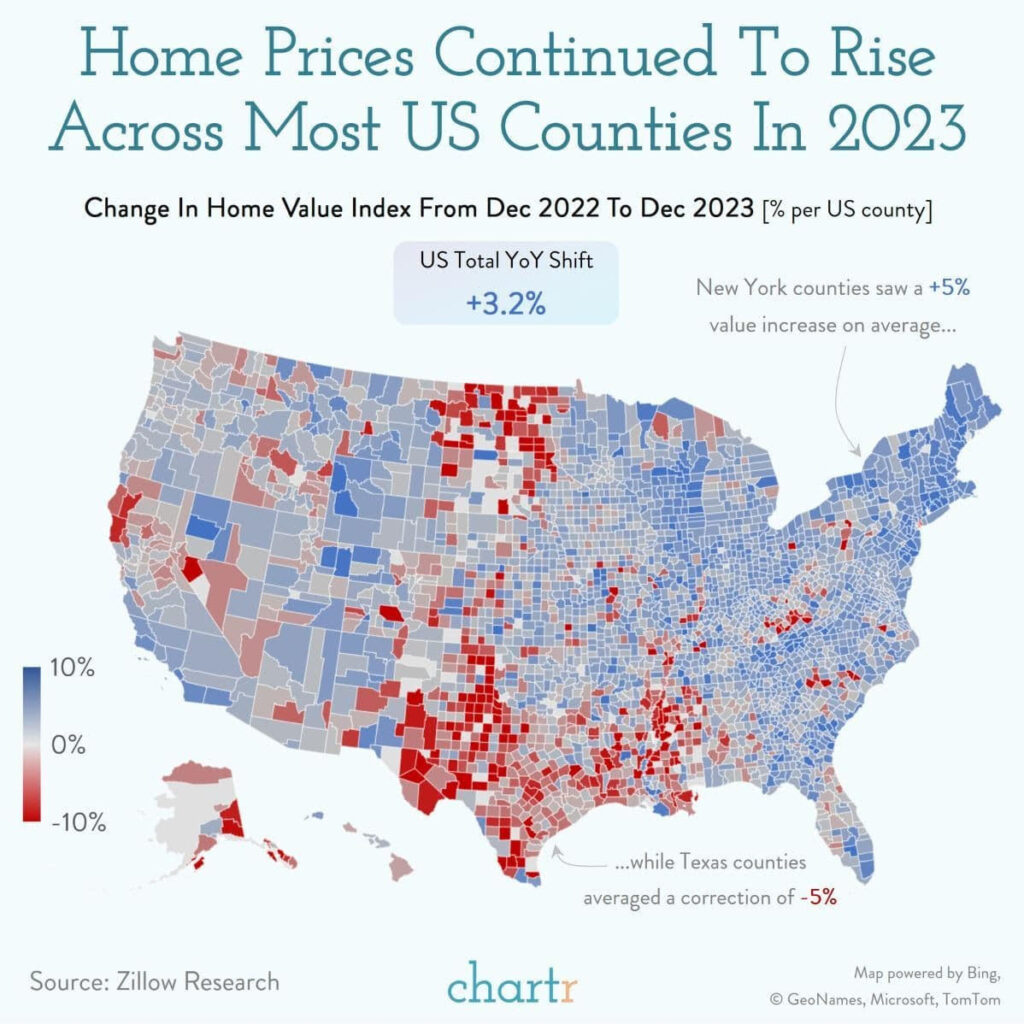From ABC News:
Flood-stricken New Jersey residents look into government-funded home buyout program
The flooding in parts of New Jersey over the past few months left mounts of headaches for residents.
Countless residents from those affected areas came out to meet with New Jersey State Department of Environmental Protection officials in Pompton Lakes Thursday night to learn about the Blue Acres Program.
The program is voluntary and it relocates flood-stricken residents who are considering government-funded buyouts of their homes.
It eligible, homeowners would be offered fair market value for their homes, using state and federal funds.
“I’ve been in this town 60 years,” said David Woll of Pompton Lakes. “So, I’ve been through enough floods.”
For 10-year-old Melina, who says she was trapped inside her Wayne home during the recent storms, it’s a tough decision.
“I like my school and I wanna stay in my school, but I don’t like the flooding,” she said.
Her family bought their Wayne home six years ago.
But the flooding problems have been worse than expected.
From CBS News:
Some New Jersey flood victims looking to be bought out by government
Flooding across New Jersey in recent months has many residents in those areas saying they’ve had enough.
Thursday afternoon, some flood victims met with New Jersey’s Blue Acres, a government buy-out program.
This is the second Blue Acres meeting this month at the library in Lodi, a borough that’s seen its share of flooding. The one-on-one meetings are closed to the media and flood victims from across the state can attend.
Some tell us while the program is voluntary, the buy-out offers are low and confusing.
“We had the sewage coming up through this pipe, which was insane,” Manville homeowner Brianna Lohr said.
…
Lohr has begun the buy-out process and says even though she’s being offered what she and her boyfriend paid at the time of flood, she doesn’t care.
“Sign me up. I will sign the line. If we could get out today, we absolutely would,” she said.
Other residents in flood-ravaged neighborhoods say they want the full market value of their homes.
“They are saying that it is market value at the time of the incident, which is not fair,” Milford resident Leeana Jones said.
Jones’ life was turned upside down after Hurricane Ida damaged her Milford home and sent water into the basement.
She says she can’t get more funding to raise her home like others and her credit’s shot after making repairs.
…
Shawn M. Latourette, the commissioner of the Department of Environmental Protection, oversees the federally funded Blue Acres program. He says the rules are mandated by Congress.
“That is tied to fair market value at the time of the event, and it is one of those issues of bureaucracy that is a bit ignorant of or not attuned to the realities, the facts on the ground,” he said.




